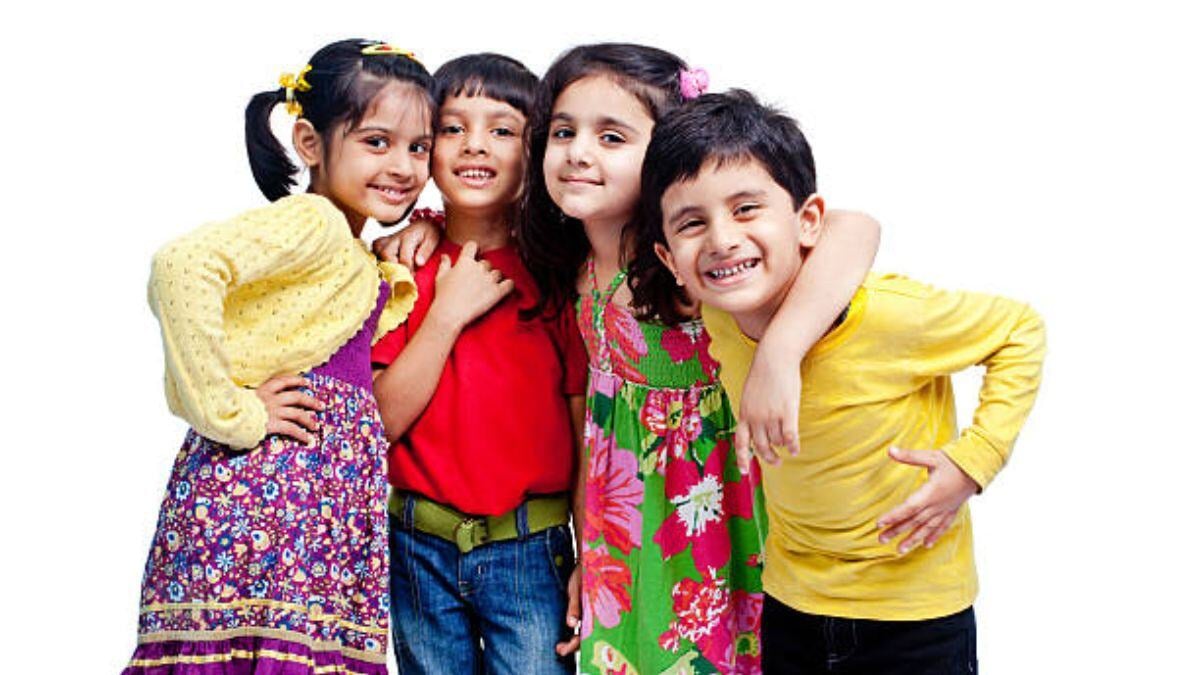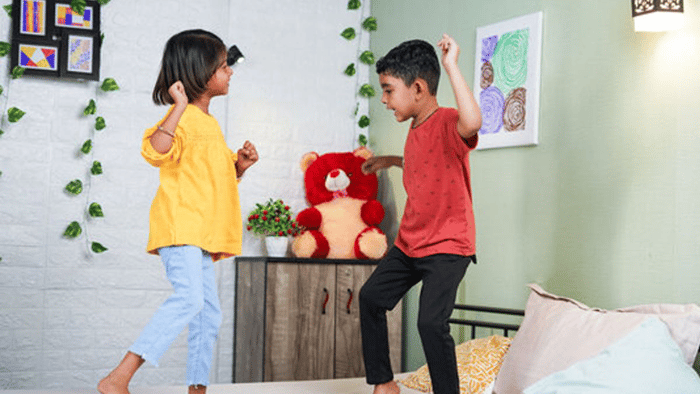- Cardiovascular Health Improvement
- Improves Balance and Strength
- Gentle on the Body
- Boosts Cognitive Performance
- Challenges the Brain
- Social Interaction
- Mood Enhancement

There is something magical about grooving to the sound of music that seems to take all cares away. Maybe it is the rhythm of one favorite tune or the heart-pumping workout that gets you up and moving. Or it is the challenge of mastering intricate moves that brings you so much joy. Whatever the reason, dancing holds a unique charm that captivates and invigorates.
Engaging in dance has various benefits for kids as well as adults. Physically, dance strengthens muscles, improves flexibility, and boosts cardiovascular health. Mentally, it sharpens cognitive function, enhances memory, and reduces stress. Emotionally, it lifts spirits, fosters self-expression, and builds confidence. Each step, twirl, and leap help in creating a harmonious blend of body and mind, fostering overall well-being.
As kids move to the beat, tap into a powerful source of energy and happiness. Dance becomes a sanctuary, a place where kids can let go, express feelings, and connect with the music and those around them.
Benefit Of Dance In Strengthening Bodies and Minds

Physical Benefits
-
Cardiovascular Health Improvement
Dance is an excellent cardiovascular exercise, providing similar benefits to other cardio activities like running or cycling. 150 to 300 minutes of moderate-intensity exercise per week, such as casual dancing, or 75 to 150 minutes of vigorous-intensity aerobic activity per week, such as fast-paced dancing or high-energy styles like hip-hop
All dance styles make for great cardio workouts because they challenge your heart rate through a variety of movements. This sustained cardiovascular activity strengthens the heart, improves circulation, and improves overall cardiovascular health.
-
Improves Balance and Strength
Dance is an exceptional form of physical fitness because it involves movements in all planes of motion. Daily activities primarily engage the sagittal plane, but dance incorporates a wider range of motions. This comprehensive engagement conditions all muscle groups, leading to improved overall strength and balance. By performing diverse movements, dancers activate and strengthen muscles that are often neglected in conventional exercises, Improving kids' balance and stability.
-
Gentle on the Body
Many forms of dance, such as ballroom or slow-paced styles, are particularly suitable for individuals with limited mobility or chronic health issues. These gentler dance styles provide a way to stay active without putting undue strain on the body. Talk to the trainer if you have concerns regarding kids' dance class, they can suggest modifications and make sure the dance routine is safe and beneficial for your specific needs, allowing you to enjoy the physical and emotional benefits of dance safely.
Mental Health Benefits

-
Boosts Cognitive Performance
Engaging in dance is not only fun but also beneficial for kids' cognitive health. Dancing can maintain and even boost cognitive functions at a young age. Exercise, including dance, improves the areas of the brain responsible for memory, planning, and organizing skills. Dance uniquely combines physical activity with the need to remember and execute complex movements and sequences, which stimulates brain function and improves mental agility. Additionally, the rhythmic and musical elements of dance further enhance balance and coordination, contributing to overall cognitive health.
-
Challenges the Brain
Dance challenges kids’ brains by requiring intense focus and concentration. Learning new dance routines involves remembering steps, coordinating movements, and timing them with the music. This mental exercise is like solving puzzles or playing strategy games, offering excellent cognitive stimulation. This continuous mental workout improves memory, improves problem-solving skills and keeps the mind sharp, regardless of age.
Emotional Health Benefits

-
Social Interaction
Dancing with others offers significant social and emotional benefits for kids. Joining a dance class, participating in social dance events, or simply dancing with friends and family provides opportunities to connect with others, share experiences, and build relationships. The social aspect of dance improves feelings of belonging and reduces feelings of isolation. Whether you are enjoying the structured environment of a ballroom dance class or the spontaneous fun of a dance party, being around others while dancing can lift your spirits and improve your overall mood.
-
Mood Enhancement
Dance is an expressive and liberating activity that can significantly improve kids’ mental and emotional health. The act of moving to music allows kids to release pent-up emotions, reduce stress, and escape from daily worries. The "letting loose" aspect of dance helps reduce symptoms of anxiety and depression while boosting self-esteem. The joy and freedom found in dance can elevate your mood, provide a sense of accomplishment, and promote a positive outlook on life.
Dancing to music has a magical way of lifting spirits and invigorating the soul. Whether it is the rhythm of a favorite tune, or the satisfaction of mastering complex moves, dance captivates and energizes. For kids, dance provides a joyful and powerful source of energy, improving physical health, cognitive abilities, and emotional well-being. Dance enriches lives, nurturing healthy bodies and vibrant, creative minds for all ages.
Her love for storytelling began with reading her grandfather’s speeches, where Tarishi saw the power of words in creating lasting memories. Combining her passions for food and writing, she has turned her life into a fulfilling path of sharing stories that celebrate flavours and how food brings communities together.
The views expressed are that of the expert alone.
The information provided in this content is for informational purposes only and should not be considered a substitute for professional medical advice, diagnosis, or treatment. Always seek the advice of your physician or another qualified healthcare provider before making any significant changes to your diet, exercise, or medication routines.
References
https://www.stagecoach.co.uk/blog/post/march-2014/benefits-of-dance-for-young-children
https://www.healthline.com/health/fitness-exercise/benefits-of-dance
https://www.miragenews.com/the-power-of-dance-mental-and-physical-health-1029282/
https://www.thelewisfoundation.org/2023/07/the-power-of-dance/
















